In the first edition of ‘The Egyptian Geographic’, I wanted to talk about the secrets of the Egyptian civilization or the Egypt that we do not really know about but I found it necessary to firstly shed the light on the museum that contains the secrets of the Pharaohs.
Every time I visit the Egyptian Museum in the heart of Al Tahrir Square in Cairo, I get a feeling of pride and dignity as if I have just entered a mihrab, temple, or a holy place for worship, hymns, and prayers.

This is exactly how I feel as soon as I set foot into the museum, start climbing up the stairs to get to the courtyard of the museum or the ‘Barakah’ (Blessing), and check out the statues and the huge coffins of the Pharaonic kings and queens.
The first statue that will catch your eye, when you enter the museum, is the gigantic double statue of the Egyptian Pharaoh, Amenhotep III, who is known among archaeologists as the “Pasha of Ancient Times”, and his strong wife and queen Tiye.
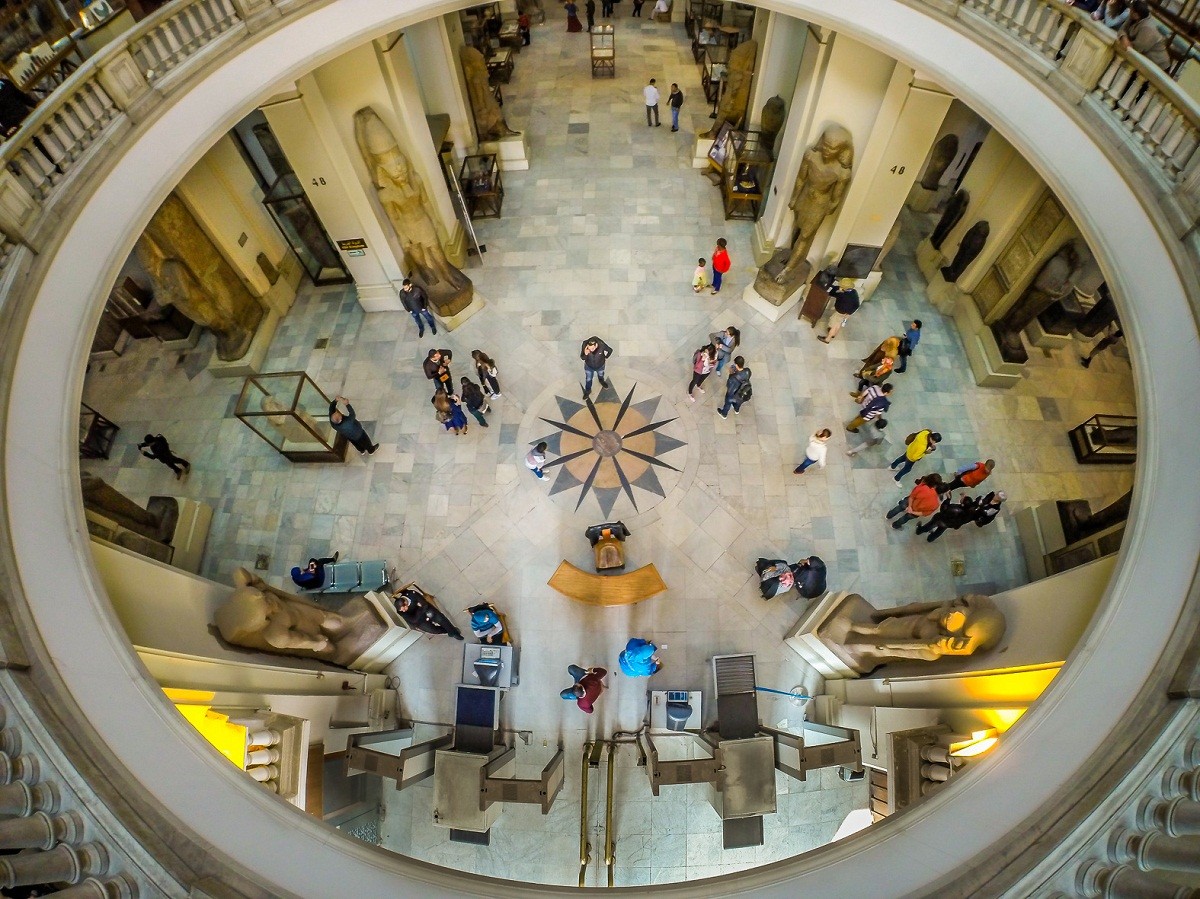
Although the Egyptian Museum is ginormous, the monuments are stacked up and there is not enough space to display each and every monument to showcase its historical and artistic status. The museum still has its own unique nature that sets it apart from other museums around the world in spite of the lack of space that makes people call it a “storage unit of monuments” instead of a “museum.” And sure enough, if we want to give each monument in the museum enough space to show its value, we will need a building three times the size of the Egyptian Museum.in its entirety.
The stacking of monuments in the museum is nothing new to the ears as it is, in fact, an old matter that Gaston Maspero, the first French director of the museum, was asked about. Being the intuitive and quick thinker he is and having figured out the Egyptian spirit, he quickly answered saying that if anybody had visited any Egyptian house that was built a hundred years ago, he would have found that Egyptians make use of every small place on the wall to hang pictures of family members, generation after generation. They keep doing this until one can barely see the walls from behind all the photos. He also added that the Egyptian Museum is nothing but an accurate depiction of the Egyptian reality.
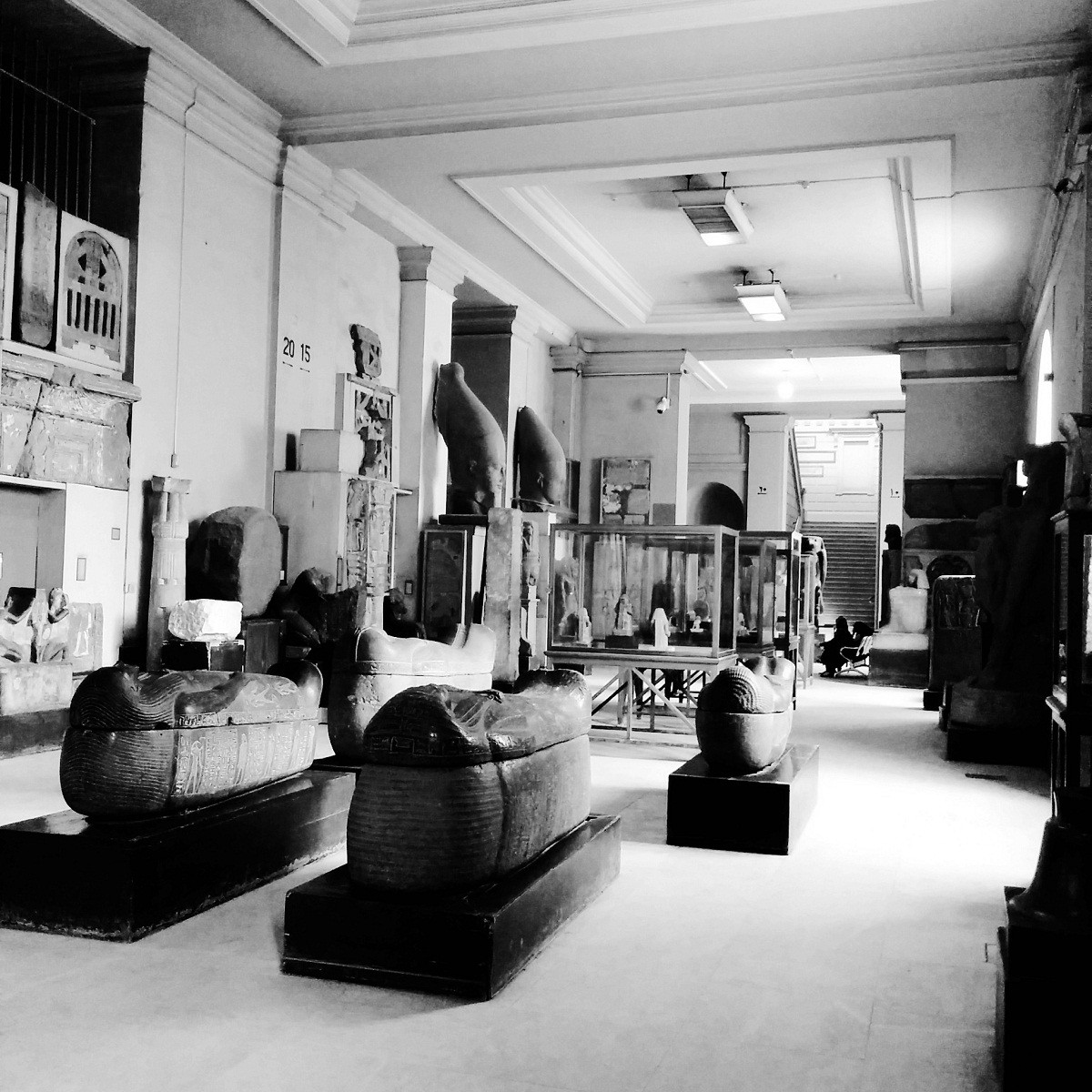
Egypt, not just the Ministry of Culture, is currently working, on its own, on constructing the biggest cultural project on the face of the Earth, namely, the ‘Great Egyptian Museum’. Said museum will be built under the shadows of the great pyramids of Giza in order for the treasures of Old Cairo's kings and Pharaohs from the Egyptian Museum in Al Tahrir, the storage units and the archaeological sites spread across the count to be transferred to it. Nevertheless, Al Tahrir Museum will remain open after being renovated and entirely transformed into a museum for the ancient Egyptian art. It will have art collections from statues to paintings, and coffins and much more monuments that are landmarks in the ancient Egyptian art such as the statue of “Khafra and Horus” and the statue of “Rahotep and Nofret” and much more stuff from Pharaonic Egypt that are unlike anything else in any other museum in the world.
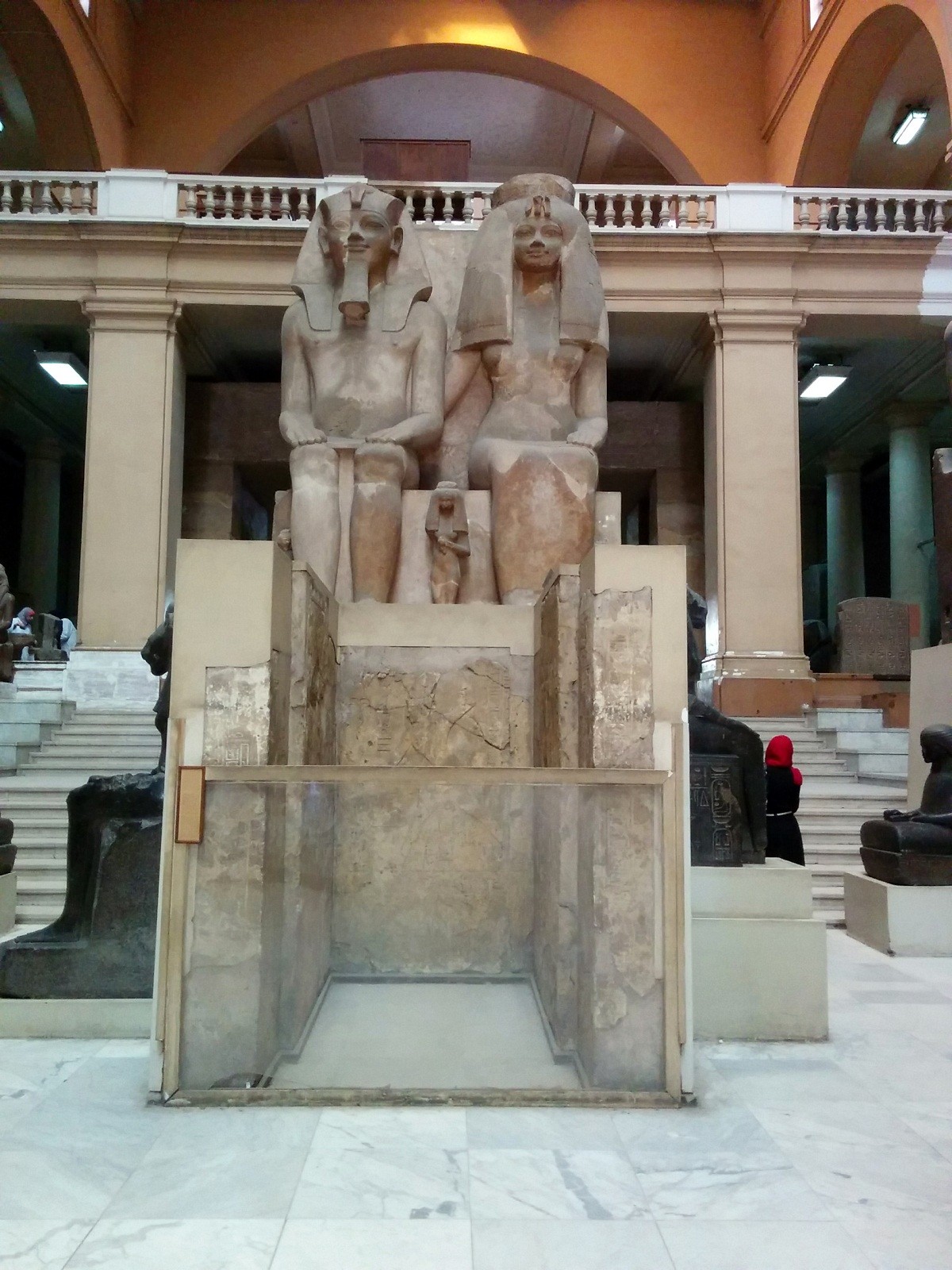
The secret charm of the Egyptian Museum in Al Tahrir does not stem from the monuments displayed in its halls and chambers, and the stories told by each and every monument in there alone. It also comes from the closed boxes from hundreds of years ago that lie in its basements and no one knows what hidden archaeological treasures these boxes actually contain. In fact, some of these boxes were closed more than a century ago and the existing archaeological monuments are merely the results of many archaeological excavations in various regions of Egypt. They are from an ancient point in time where people did not have safe places or storing units to keep monuments. They only had the cellars of the, now known as, Egyptian Museum.
Currently, there is an ambitious project, in the making, to record the Egyptian Museum monuments whether exhibited or stored in its basements and cellars. I am truly proud that we have such a group of young archaeologists, recorders, and restorers who are working lovingly and sincerely to reveal what monuments are hidden in the cellars of the Egyptian Museum in Al Tahrir. It is a great effort and a big step forward on the path to urbanization and enlightenment.
Former Ministry of State of Antiquities
Former Secretary-General of the Supreme Council of Antiquities
Senior Scientific Consultant for the Org=8anization

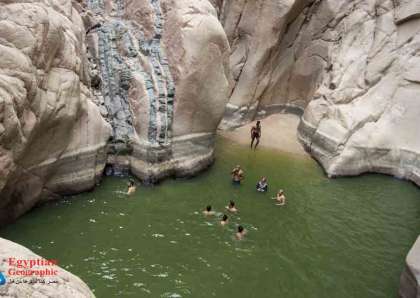


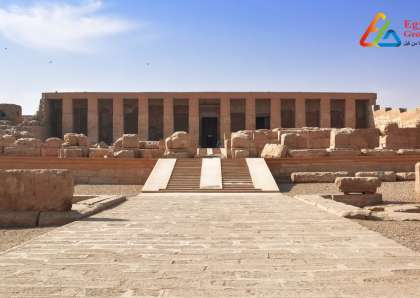
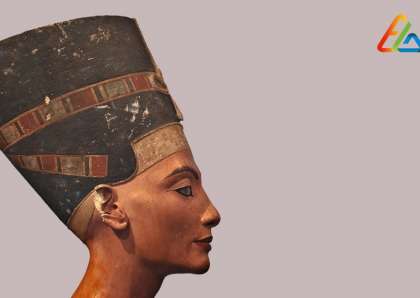
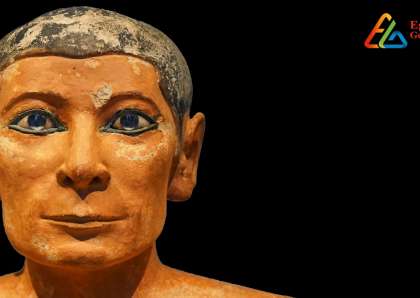
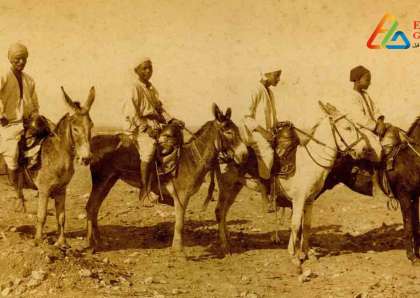
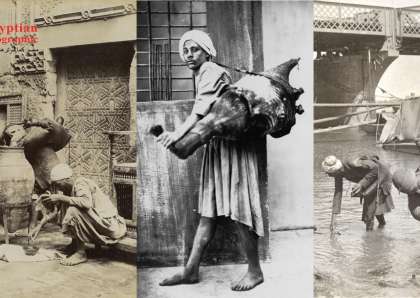
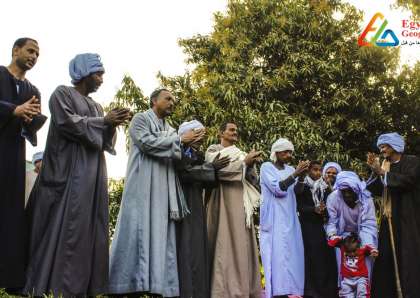
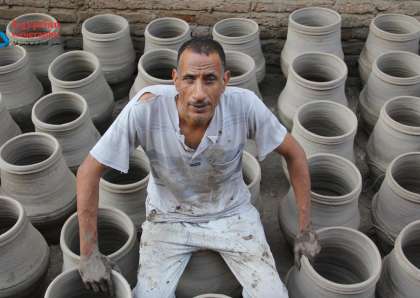






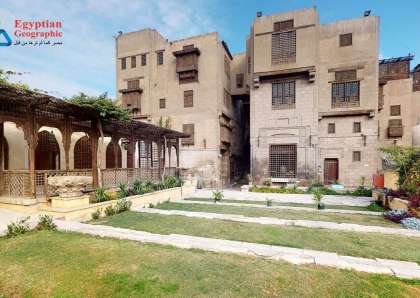
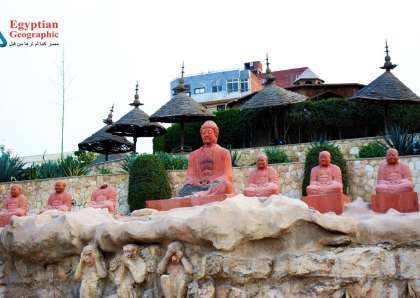
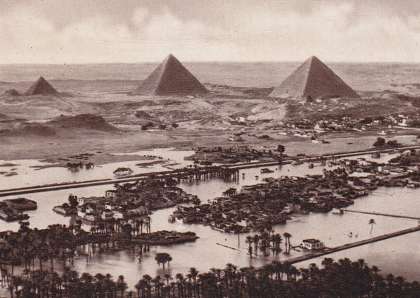
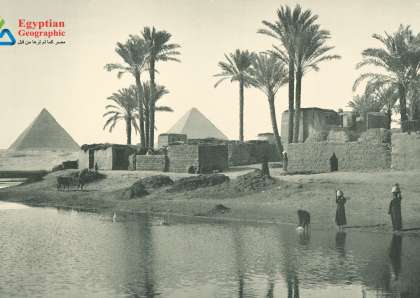

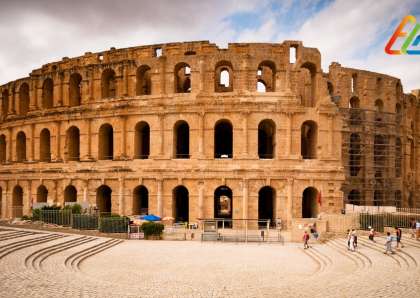
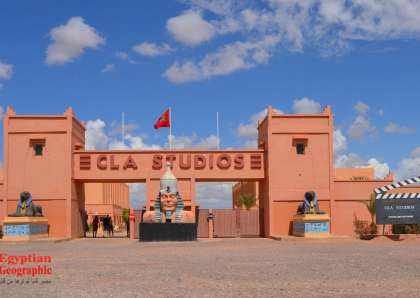
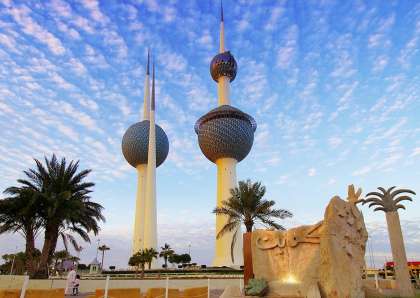
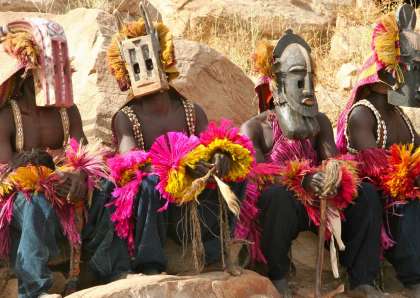


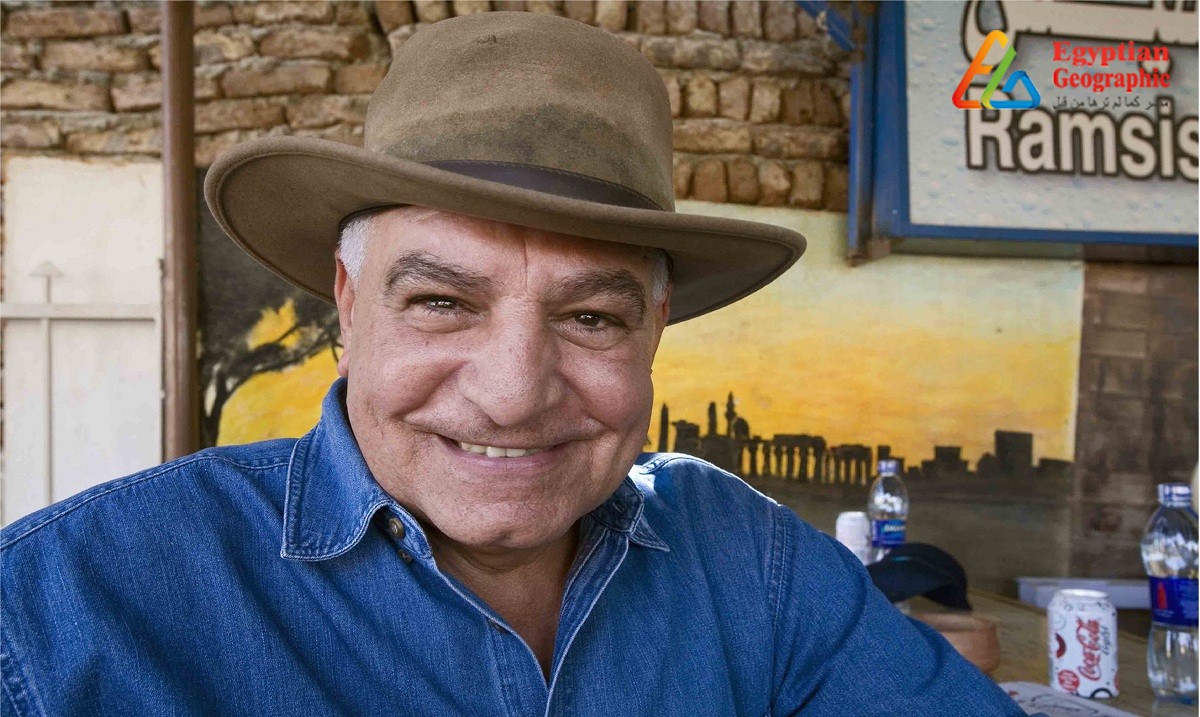




















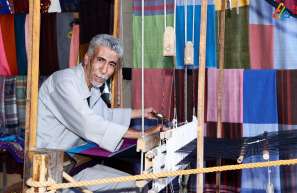
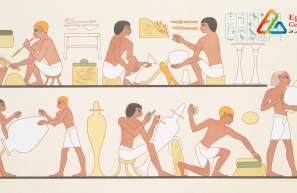
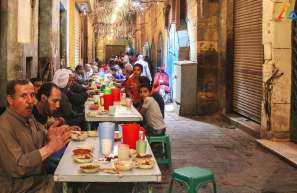











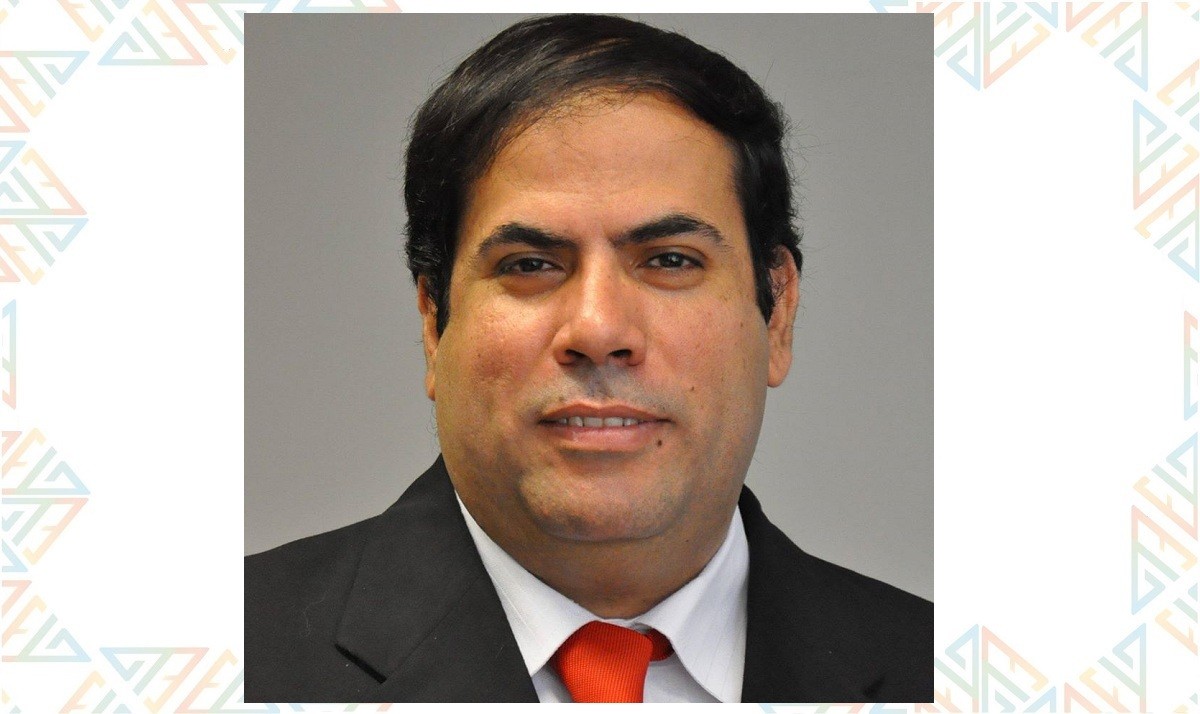
مجلة علمية معرفية وثائقية تتناول الشخصية المصرية